15 Years of Dev.D: The 'Emosanal' Atyachaar continues to hold its charm.
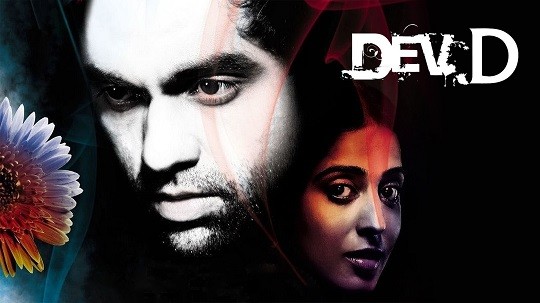
It was the beginning of the February of 2009, and not much was coming from our Hindi movie Industry. A big budget, heavy expectation carrying “Chandni Chowk to China” had just tanked big time a month earlier, another medium budget, medium expectation carrying “Raaz: The Mystery Continues had worked just about well, a not much publicized but a humongous star cast boasting flick “Luck By Chance” from a big production house was garnering a lot of rave reviews, but was not in focus among the mass audience. It was a time when very unusually, most of the average Hindi audience’s attention had shifted to Hollywood, particularly to all the major Hollywood awards, as the Awards season there was at it’s peak. Danny Boyle’s “Slumdog Millionare” (2008) which depicted the lives of orphan street children in Mumbai was doing wonders, was a top contender at all the Hollywood awards, and for some reason, a lot of folks here in India considered Slumdog Millionaire’s win as their own, and people were heavily rooting for it. With so much attention fixed on Hollywood, there was not so much left for Hindi films.
It was at this absolutely unexpected time that a newly released highly experimental, unconventional movie began to get noticed by everyone. The movie was “Dev.D” by Anurag Kashyap. Anurag Kashyap was quite a relevant name at this time. He had been among the extensive cast of “Luck By Chance”, Danny Boyle was praising him quite frequently, revealing how a particular sequence in Slumdog Millionare was inspired from one of Kashyap’s movies, he was somewhat of a happening name. The movie was a modern day adaptation, a present day retelling of the hugely popular novel Devdas by Sarat Chandra Chattopadhyay.
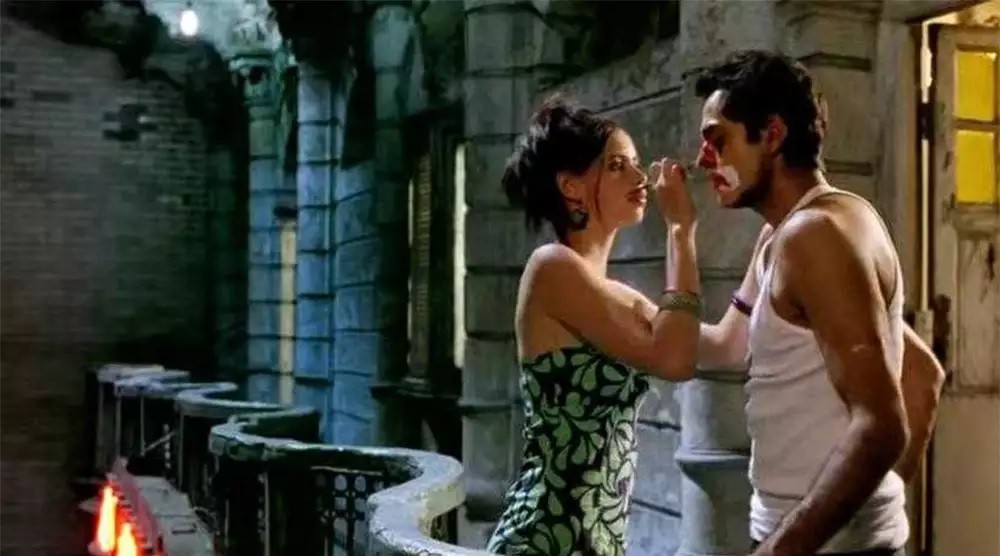
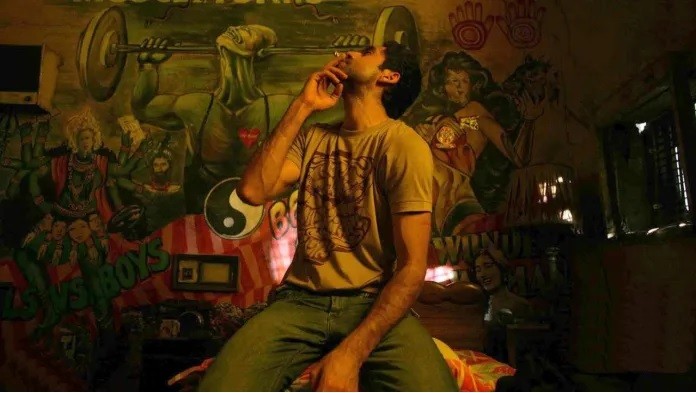
Finally when the movie released it felt very unusual yet very engrossing. One of the movie’s that felt every bit strange, not in line with the kind of cinema we were used to in Bollywood back then, yet the movie touched so many present day themes, depicted so many aspects of the present day society, and was so interesting that it wouldn’t go by unnoticed. While adapting a yesteryear popular novel about unrequited love, the makers had effectively managed to show their audience a mirror to the society they were themselves living in back then, which by the way hasn’t changed so much even today. This was the magic of Dev.D.
The writing of the movie worked big time, mainly due to it’s setting and characters. Devdas was now Devendra Singh Dhillon, son of a wealthy Sugar Baron in Punjab. He was every bit a modern day brat from a stinking rich wealthy family, for whom almost every commodity was available, and money was perennially a non-issue. He was also a strikingly visible man-child, who couldn’t control his emotions, kept indulging in as much self pity as he indulged in substance abuse, expected his partners to treat him like their lord and master, and also parent him when he needed it. He was the realistic, non-romanticized version of Devdas Mukherjee, an entity you would think many times before shelling out even the most disposable amount of money, simply because of the abhorring wasted feeling you’d get from him. In the later part of the movie as the narrative completely shifts to Dev.D’s point of view, all the otherwise grim worldly worries such as sooner or later being arrested, not being able to have money to afford one’s own livelihood takes a backseat, as the focus shifts to solely having a soul mate in life.
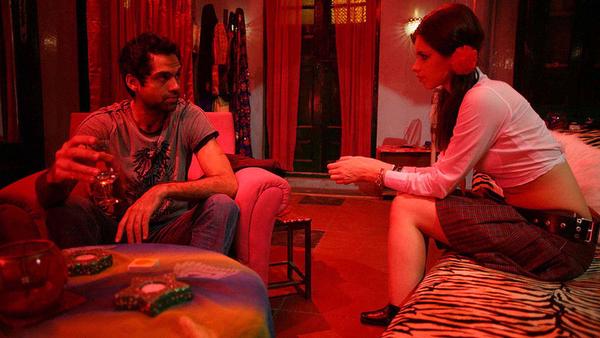
Paro was Parminder, Dev’s absolutely feisty and rooted childhood sweetheart. She was full of life, full of zeal. She would have everything at her terms, even lust. The scene where Paro carries a folded mattress on her bicycle carrier into the tall green paddy fields to indulge herself still stands out. The scene represents a woman’s right to her own needs. While she was independent she is also very rooted. Her personality, behaviour is every bit of a firebrand Punjaban. Also the one definitive quality of Paro is the way she unleashes her extreme emotions like in one scene where she vents out her frustration on a hand pump. In another, she gets even on a perpetrator by piling up whatever little clothing he has and setting it on fire, and in the most famous scene by dancing her life out, like there’s no tomorrow, at her own wedding.
Chanda contrasting to Paro , is very self possessed, but similar to Paro is a strong, independent woman who sticks by her choices. She comes from an elite semi Indian, semi Canadian family from Delhi. She is very well aware of her womanhood at adolescence, and one real life inspired tragedy topples her secure life, putting her life into absolute uncertainty. Fate brings her to the red light area of Paharganj, where she starts working as a prostitute, while also continuing to pursue her education. She likes to read, likes to make Origami swans, she has managed to settle in her new life. Deep inside, Chanda is driven to affection, naivety, which makes her fall for a much deteriorated Dev.
Apart from the three main characters, a prominent side character Chunni who is a pimp in Paharganj, a few other side characters, there are these other omnipresent characters who are mere bystanders to the plot, but still leave an impression. The most prominent are the Twilight Players, featuring Sinbad Phgura, Ammo ‘Too Sweet’ and Jimmi The Quiff. They just stick around Dev while he is in Paharganj and dance to songs which depict his state of mind. Much before the Twilight Players there are also the Patna ke Presleys featuring a pre stardom Nawazuddin Siddiqui and Nitin Chainpuri, who in their lively brass band form convey the death of Paro and Dev’s romance through the track Emosional Atyachaar. Kashyap had himself confessed that he borrowed the idea of the brass band from Kamal Swaroop’s Om-Dar-B-Dar. The track “Meri Jaan A… Meri Jaan B” served as an inspiration for Dev D’s famous song. The movie is filled with other bystanders too who are voyeuristically observing the main characters all throughout. These characters add an uneasy feel throughout. The movie is also filled with a lot of insert shots of all the surroundings in the scene.
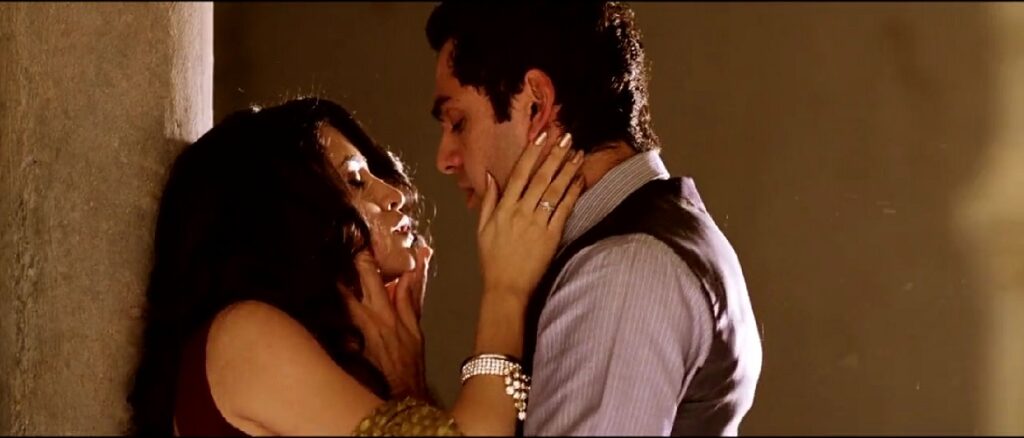
There are also moments of Kashyap’s trademark edginess which hit like a stray bullet out of nowhere. Like when there is a change of languages over a sex call, or when a guy looking every bit murky and disgusting shows up to kill a beautiful moment between the leads. These moments hit even on revisiting the movie.
Dev.D stands out because it works well when it is adhering to it’s source material, it works even better when it does it’s own thing. It soars high during it’s song sequences, gets back to being an edgy drama as the songs end. The movie is a proper musical with 16 songs, and 2 background themes. Almost every scene feels like it is facilitating a particular song. The musical quality of the movie makes it even more refreshing. It’s also amazing to know that this vast album was composed by a debutant composer and was written by a debutant lyricist. Young blood was indeed well utilized. Speaking of young blood, two present day prominent filmmakers have written this movie in their lesser known days, and their passion to do something out of the box shows. Both Vikramaditya Motwane and Anurag Kashyap have infused so many interesting ideas so intricately into the drama, that the movie still holds it’s ground, even today. There are also other well known filmmakers who were working with Kashyap during the making who are visible in cameo appearances, such as Vasan Bala playing a trumpeter at Dev’s brother’s wedding and Shlok Sharma as Chanda’s mean boyfriend.
Dev D will always be up there amongst the best adaptations of Devdas, among Anurag Kashyap’s best works and also amongst the most brutally honest and brave movies of their times.


